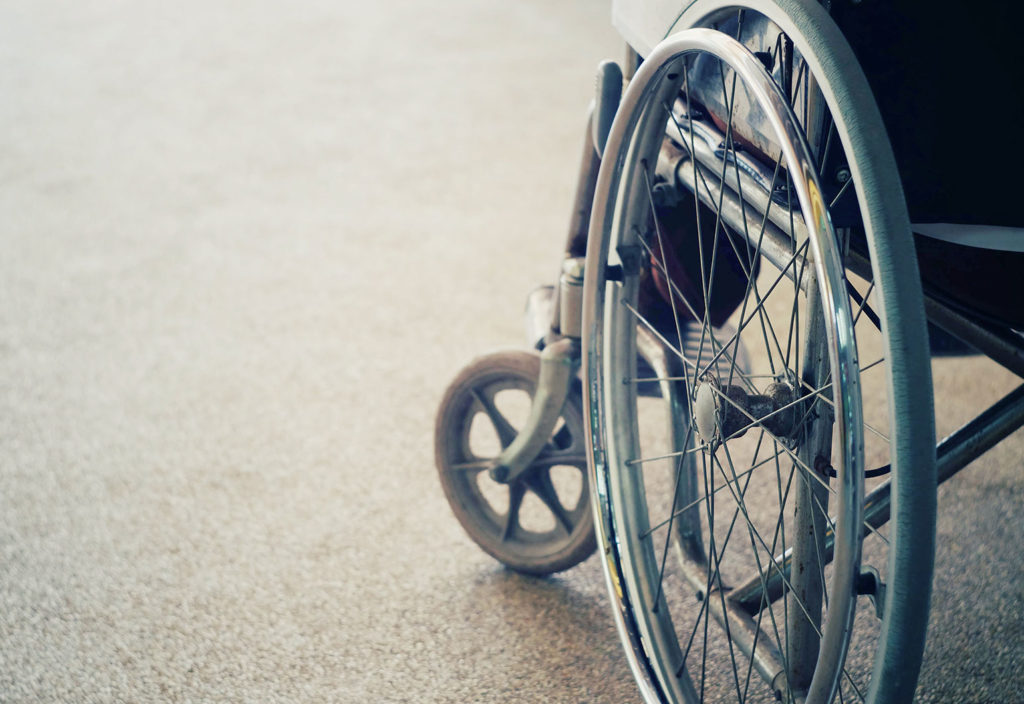Never heard of rehabilitation engineering? According to Dr Iain Brown MIEAust CPEng, Chair of Engineers Australia’s National Committee on Rehabilitation Engineering (NCRE), you’re not alone.
“Over the past 18 months, I’ve found a number of people working in the field who don’t refer to themselves as rehabilitation engineers, because they’re not familiar with the term,” Brown told create.
“I know of 40 to 45 practicing rehabilitation engineers currently, but I would anticipate there are at least three times that many working in Australia.”
This is something Brown hopes to change through the NCRE’s new paper, Rehabilitation Engineering in Australia. Published last month, the paper suggests a definition and scope of practice for the field, with the intent to foster a national identity and promote connections between practitioners.
What is rehabilitation engineering?
The paper defines a rehabilitation engineer as “a professional engineer applying informed theory and practice, including specialised knowledge and application of technologies, to safeguard and improve the quality of life of people who use, or would benefit from, AT [Assistive Technology], often in collaboration with a multidisciplinary team”.
In a nutshell, Brown said it’s all about the interface between people and society.
“It’s about helping to maximise people’s ability to live, and applying technology that maximises their functional capability,” he said.
“People who end up in rehabilitation engineering can really come from a whole range of different disciplines … [such as] biomedical, mechanical and electrical engineering. Through further training in life sciences … these engineers end up with a rehabilitation engineering specialisation.”
There are 11 key areas of practice outlined in the report, including:
- pressure, posture and mobility;
- electronic assistive technology;
- assistive technologies for activities of daily living;
- augmentative and alternative communication and environmental controls;
- safety and compliance;
- clinical movement analysis;
- rehabilitation robotics;
- academic activities;
- prostheses and orthoses;
- clinical and community services; and
- accessibility and home modifications.
Part of a multidisciplinary team
In Australia, Brown said many self-identifying rehabilitation engineers work in the area of wheelchair seating, often as part of a multidisciplinary allied health team.
“We work with new and innovative AT to help clients engage with their environment,” he said.
“Rehab engineers also modify or adapt existing technologies to suit the needs of clients, which can have a really significant impact on their quality of life.”
This often involves detailed custom work to give clients the best pressure care or postural support, or to improve their capacity to integrate with AT.
“We often provide a bit more technical understanding and capacity to an allied health team,” Brown said.
“We can expand the opportunities and options for how to best meet the needs of a client, beyond what is commercially available.”
Awareness impacts funding
Rehabilitation engineering is more widely recognised overseas, Brown said, particularly in North America.
“Following World War II and the Vietnam War, there was a lot of public support and government funding for veterans coming back from war zones … which provided a nice firm foundation for rehab engineering in the US,” he said.
“[However], in Australia there’s not a great awareness of rehabilitation engineering, and with that lack of awareness comes a lack of funded positions.”
Brown said the rollout of the National Disability Insurance Scheme (NDIS), which changed the landscape of public health and disability funding in Australia, was one of the key drivers for producing the recent discussion paper.
“Rehabilitation engineering is referred to in the NDIS Provider Guidelines, but not in a way that reflects how rehab engineers typically operate in Australia,” he said.
“Rehab engineers who are working in this sector have had difficulty engaging with NDIS as a result.”
Through producing the paper, the NCRE hopes to connect with the wider rehabilitation engineering community, and work towards formalising their specific competencies of practice.
“[Ultimately] we would like to be in conversation with the NDIS about how it allows rehabilitation engineers, who have a significant role in disability support, to provide support within the system,” Brown said.
“Hopefully with greater awareness we’ll be able to work collectively to support the profession going forwards.”
Read the full paper here.
